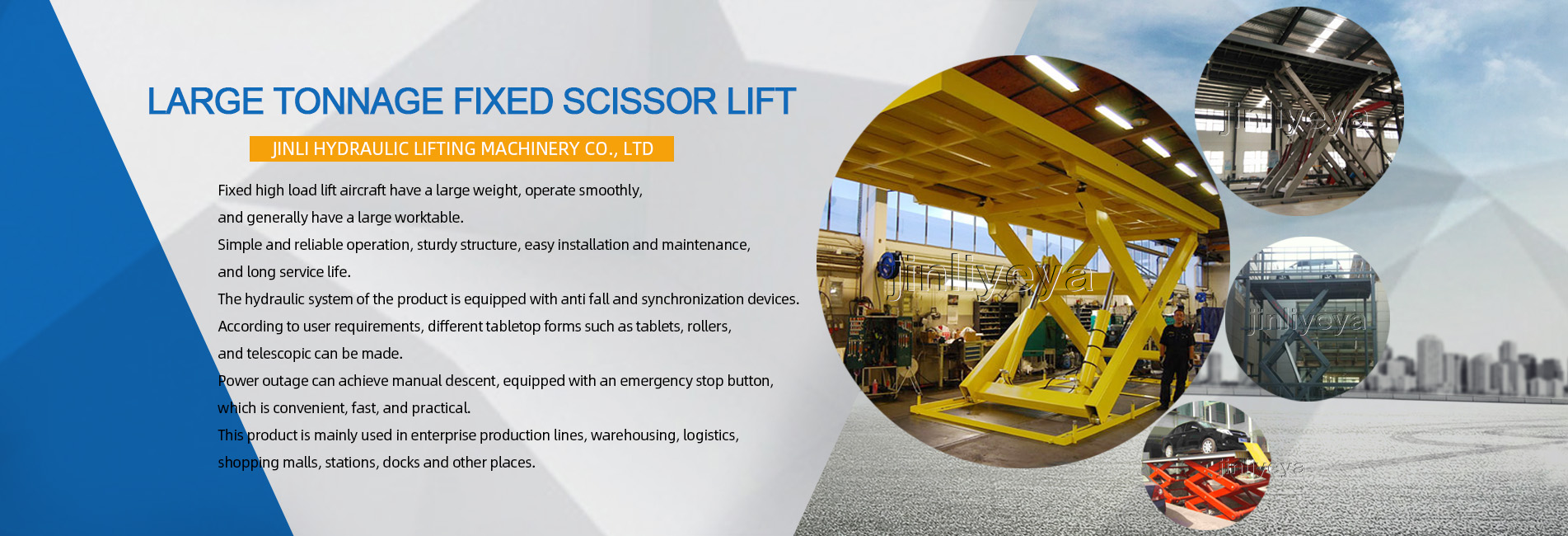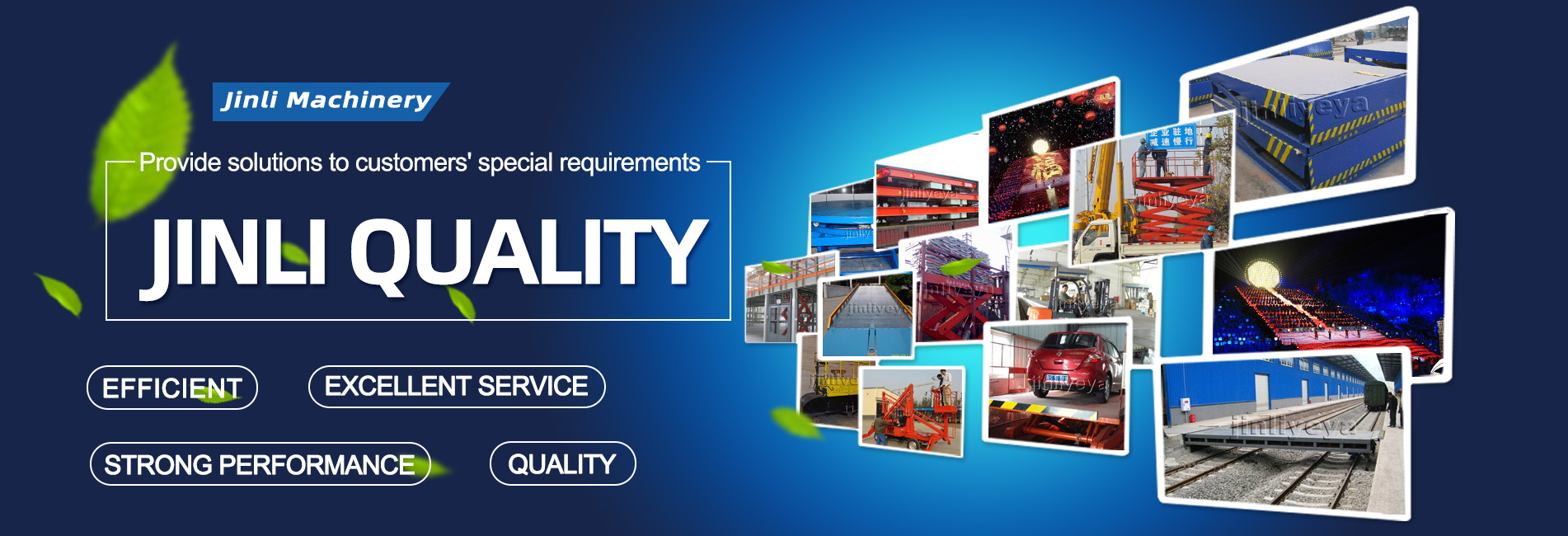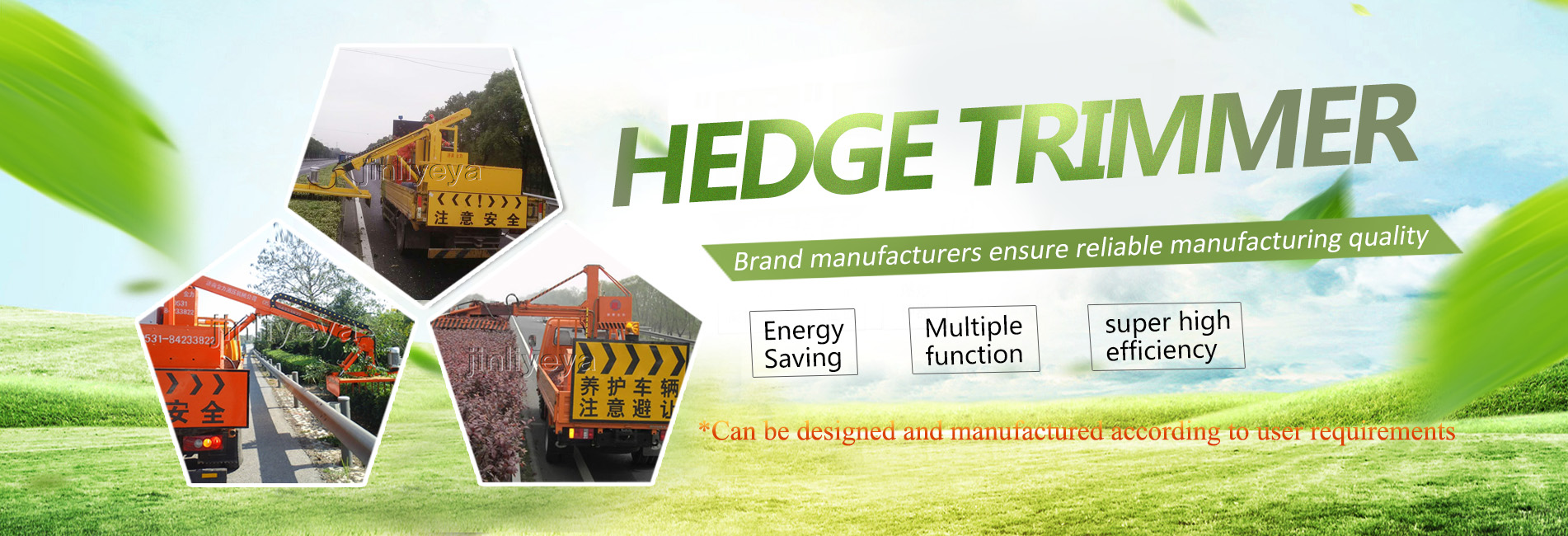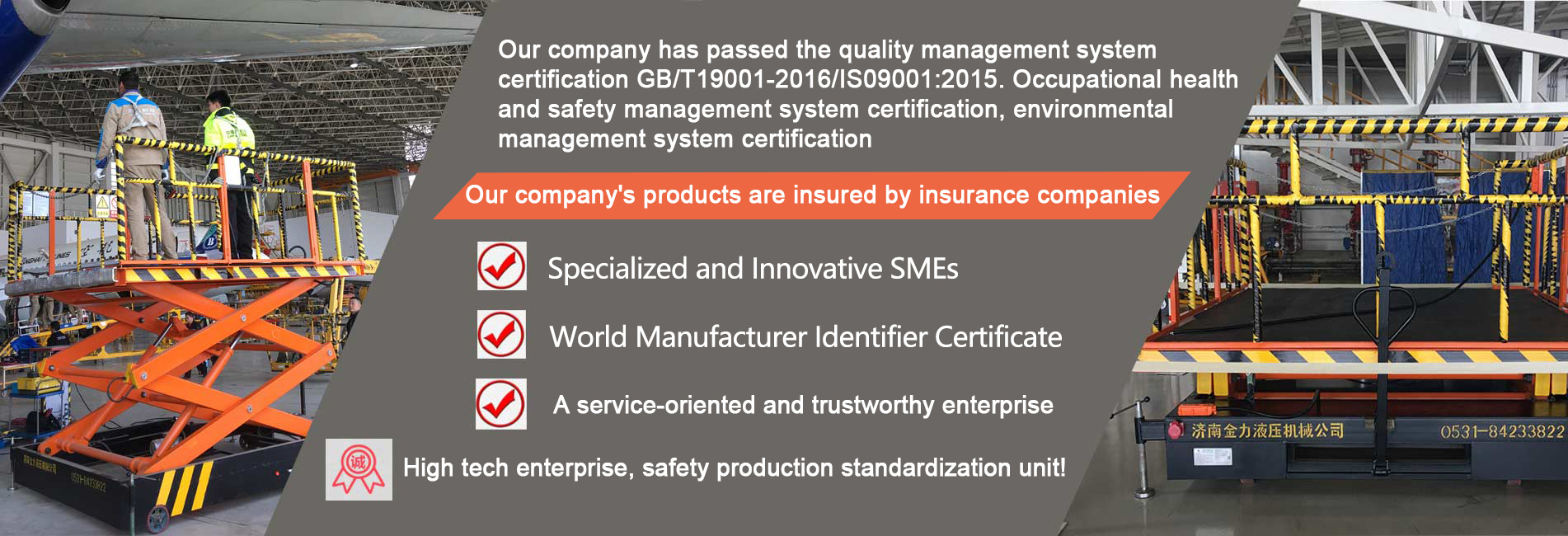The lifting platform plays a key role in construction projects, capable of transporting raw materials and construction teams between roads and buildings. This stipulates that the various components of the lifting platform controller are highly reliable and reliable, especially the main control chip microcomputer system. The DC contactor and AC motor themselves are strong interference signals, and the safety regulations for construction machinery and equipment are relatively high. The leveling control board of the lifting platform works outdoors in harsh environments with many interference signals. The system is designed by a microcontroller to operate the DC contactor based on the intermediate relay, thereby controlling the three-phase AC motor. Therefore, how to deal with the impact of the system is crucial.
There are many factors that make the lifting platform system unreliable, such as metalized holes and loose connectors (loose wiring), which can cause the system to be intermittent; Internal and external influences, excessive harmonic distortion index of switching power supplies, and excessive load on components lead to unstable logic levels; In addition, unscientific wiring and reasonable layout can also lead to poor system reliability.
Based on the reliability performance of the lifting platform, the following criteria are calculated:
1. Specific applications must consider various influencing factors, including natural environment, ground, fork shaking, and compressive strength of supporting legs. Although the critical load in many areas has already exceeded the rated load in the calculation, it is still necessary to consider within the rated load range and prohibit overloading when applying, so as to ensure work safety.
2. Whether from the side or in the forward direction, the working condition of the support leg is not stable without opening it, and it is prohibited to use it. However, opening the support leg can further improve the reliability of work collapse. In specific work, if the standard allows, the support leg should be opened as much as possible. If the support leg is not used in a unique situation, the working angle cannot exceed 5 degrees.
3. When the support leg is turned on and the rated load is 300kg, at a working height of 8m, the side working angle can exceed 15 degrees, and the forward working angle can also exceed 15 degrees. If the support leg is not opened and the working height is 8m under a rated load of 300kg, the forward working angle will only exceed 5 degrees. Otherwise, application is strictly prohibited.
4. The operation of lifting platforms and general engineering machinery equipment have mutual differences, but also their diversity. The development of leveling control boards involves mechanical equipment, hardware and software design solutions. Especially in the hardware and software design scheme, anti-interference design scheme should be fully considered from the beginning. Only in the subsequent on-site adjustment and product development design can the reliability of system operation be improved and the repair rate be reduced.
Summary: With the increasing precision requirements of customers for lifting platforms, their automation technology, intelligent systems, and personalized levels will eventually become higher and higher. Anti interference design schemes will also become increasingly critical. Therefore, fully considering all influencing factors and scientifically researching design schemes for lifting platforms is another reflection of technological progress towards perfection.
{8}







